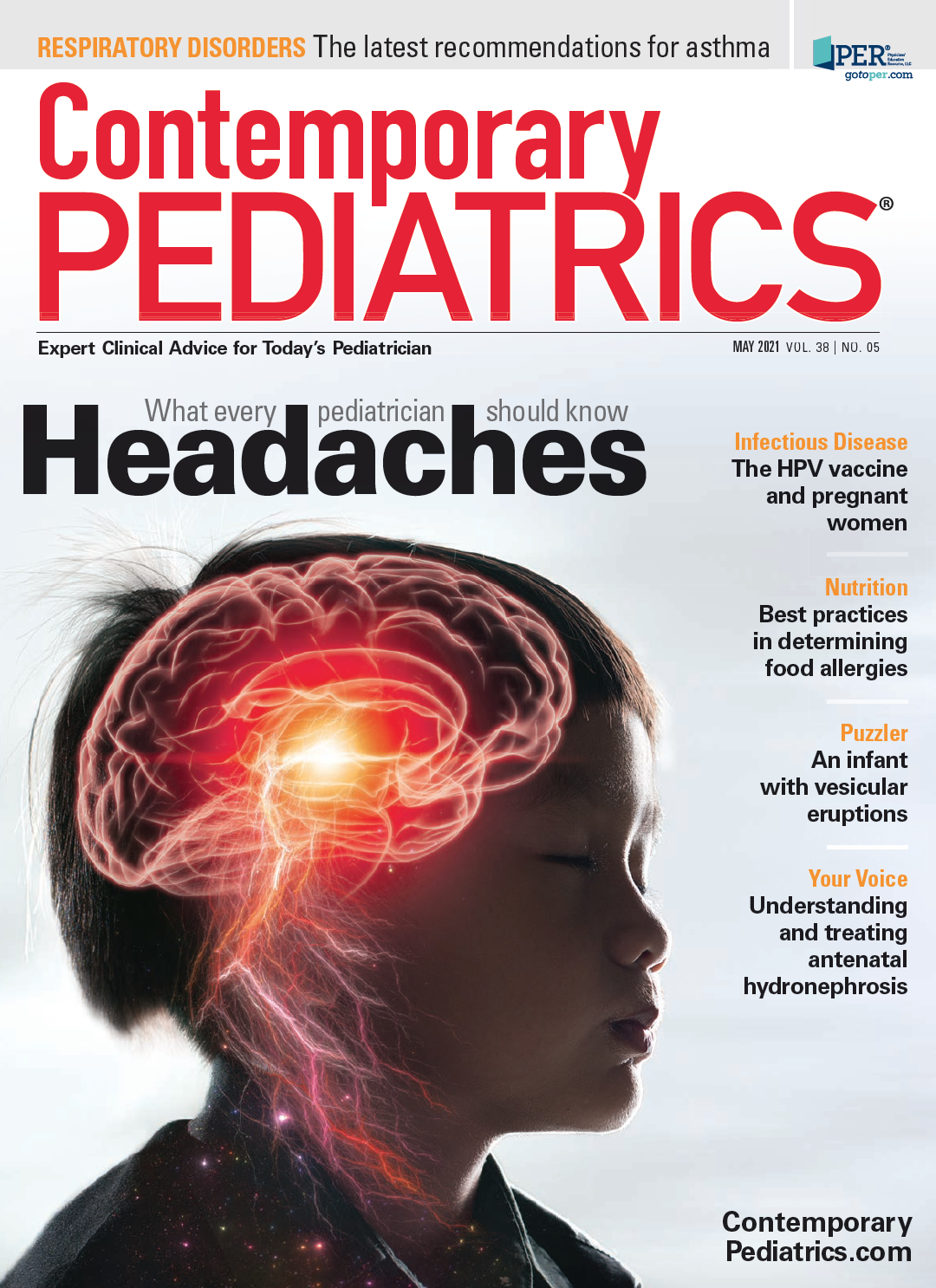Documentation improves sleep issue treatment in children with NDD
A study examines the efficacy of using documentation to improve sleep treatment.
A quality improvement initiative of 2 interventions showed that documenting the use of sleep hygiene for sleep disturbances in children with neurodevelopmental disorders (NDD) improves adherence to evidence-based sleep hygiene strategies. Parents were given a screening questionnaire related to the child’s sleep and embedding prompts in the electronic medical record (EMR) to guide assessment.
In the first intervention, 144 parents completed the BEARS sleep screening tool (bedtime issues, excessive daytime sleepiness, night awakenings, regularity and durations of sleep, and snoring), which was adapted for this population to help identify patients with sleep disturbance. Sleep hygiene was considered documented if the provider used the term or documented behaviors or environmental conditions pertaining to sleep. In the second intervention, 2 evidence-based SmartPhrases were embedded within the EMR system. The first SmartPhrase was used during history collection in response to positive answers on the BEARS screening tool and contained evidence-based prompts to guide the assessment. The second intervention inserted individualized, evidence-based strategies for sleep hygiene into the patient instruction section of the discharge summary.
Investigators compared EMR data after implementation of the practice change with the same data obtained before implementation 13 weeks earlier. In the 6 months before implementation, 44 patients had received diagnoses of sleep disturbance, insomnia, or behavioral insomnia in the EMR. Sleep hygiene was documented in 27% of the identified charts. After the interventions, the number increased, with 53 patients’ having received 1 of the 3 diagnoses. Sleep hygiene documentation in the EMR of identified patients nearly doubled. The postimplementation query also found a 55% increase in documentation of sleep hygiene when melatonin was initiated. Of those patients prescribed melatonin for the first time, 100% had documentation for sleep hygiene.
Thoughts from Dr. Farber
As much as I appreciate melatonin, which has been a boon for many parents of children with NDD, we should not necessarily jump to it as the first approach. This study is a reminder to look at traditional sleep hygiene techniques (eg, bedtime routine with a wind-down, turning off electronic devices) before advising medication.
Reference
1. Hosley S, Fortney C, Harrison T, Steward D. Documentation of sleep hygiene with melatonin use in management of sleep disturbance in children with neurodevelopmental disorders: a quality improvement project. Journal of Pediatric Health Care. February 3, 2021. Epub ahead of print. doi:10.1016/j.pedhc.2020.11.011

Having "the talk" with teen patients
June 17th 2022A visit with a pediatric clinician is an ideal time to ensure that a teenager knows the correct information, has the opportunity to make certain contraceptive choices, and instill the knowledge that the pediatric office is a safe place to come for help.
Meet the Board: Vivian P. Hernandez-Trujillo, MD, FAAP, FAAAAI, FACAAI
May 20th 2022Contemporary Pediatrics sat down with one of our newest editorial advisory board members: Vivian P. Hernandez-Trujillo, MD, FAAP, FAAAAI, FACAAI to discuss what led to her career in medicine and what she thinks the future holds for pediatrics.